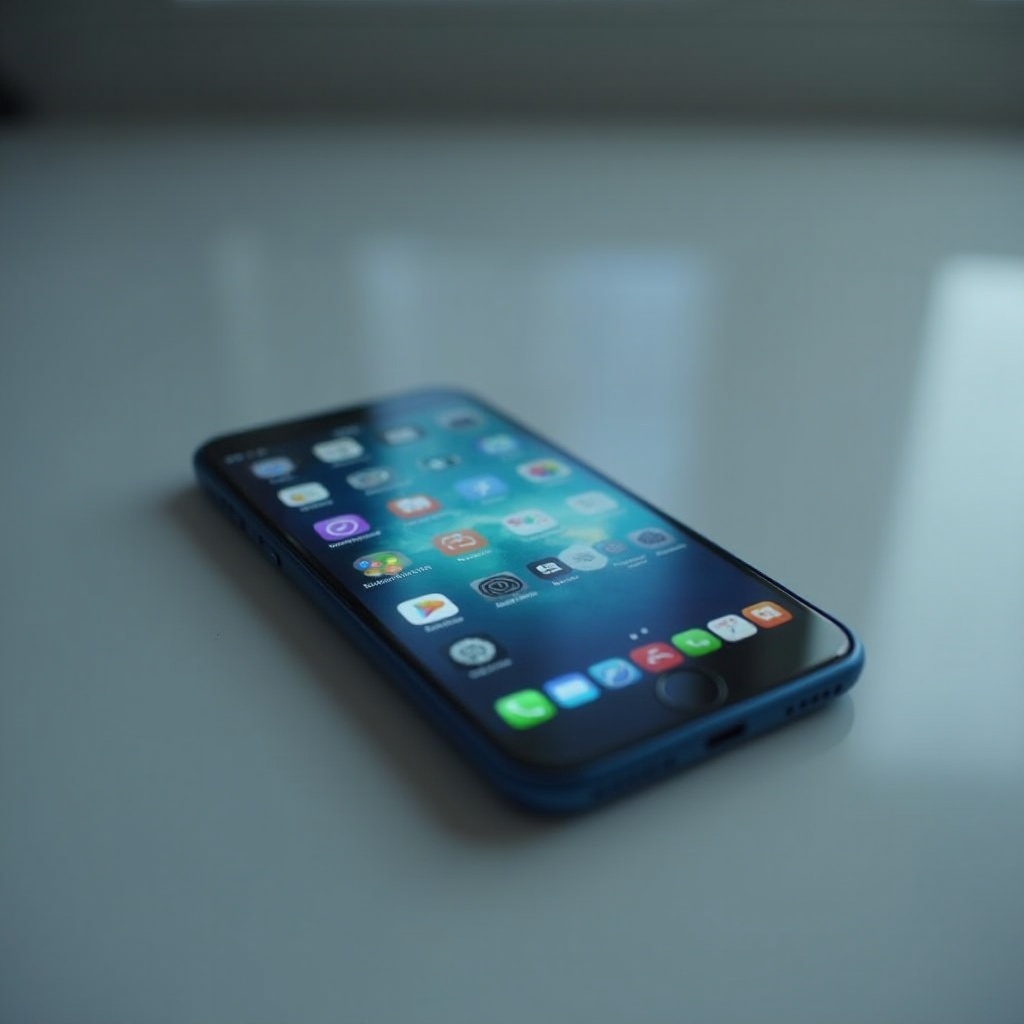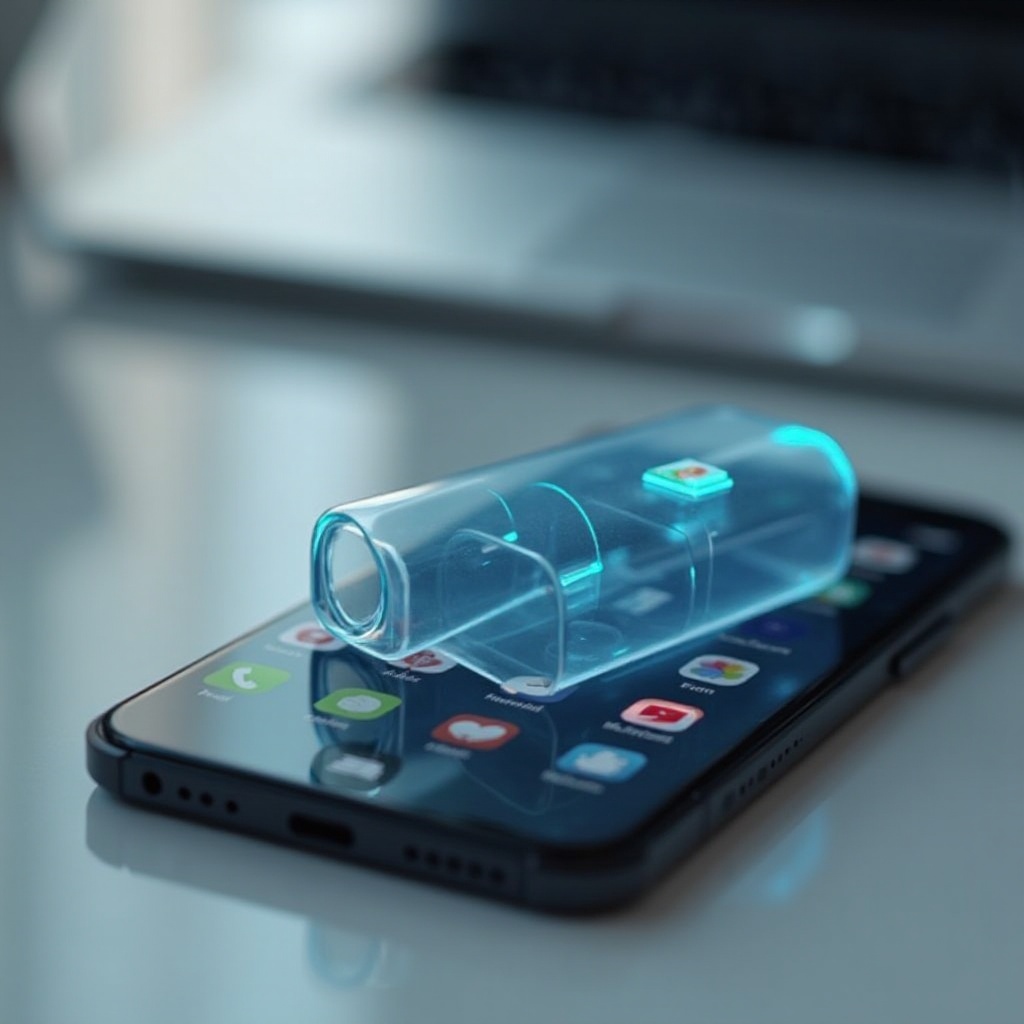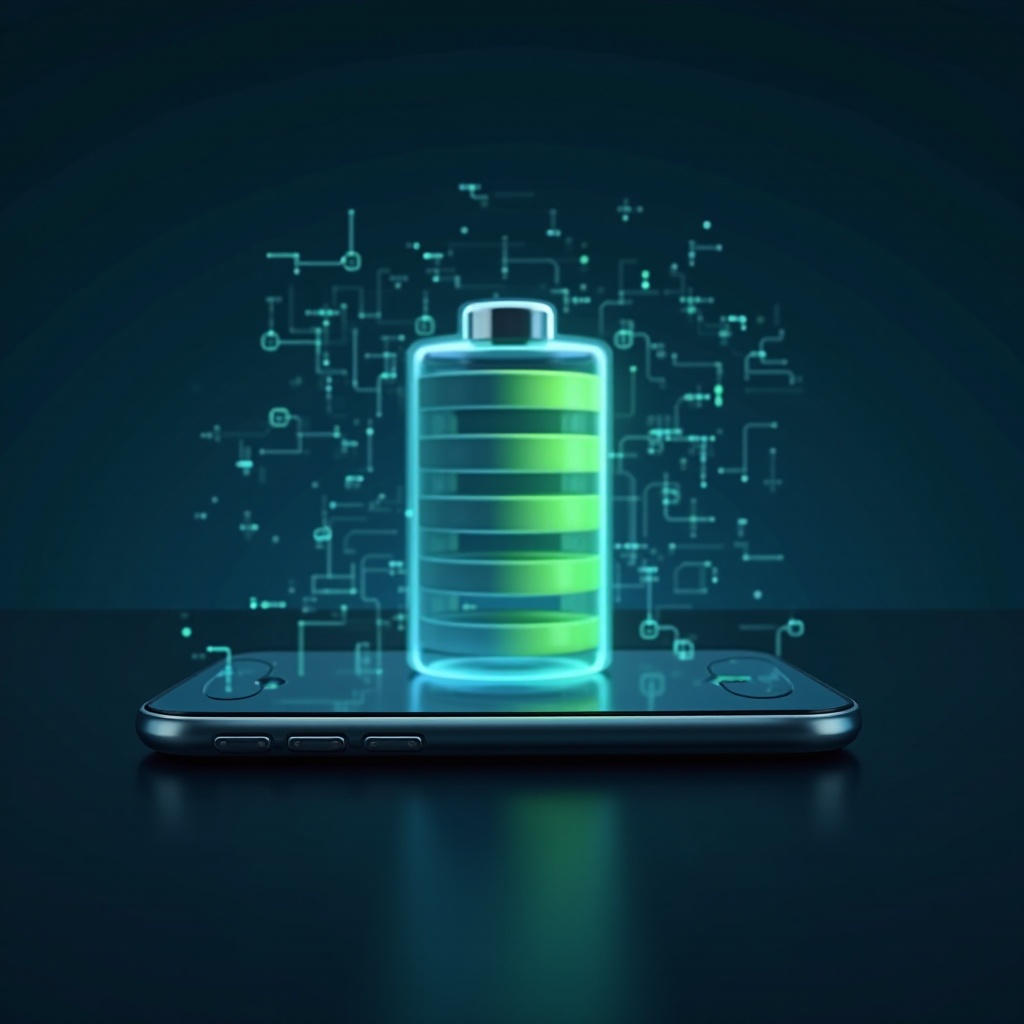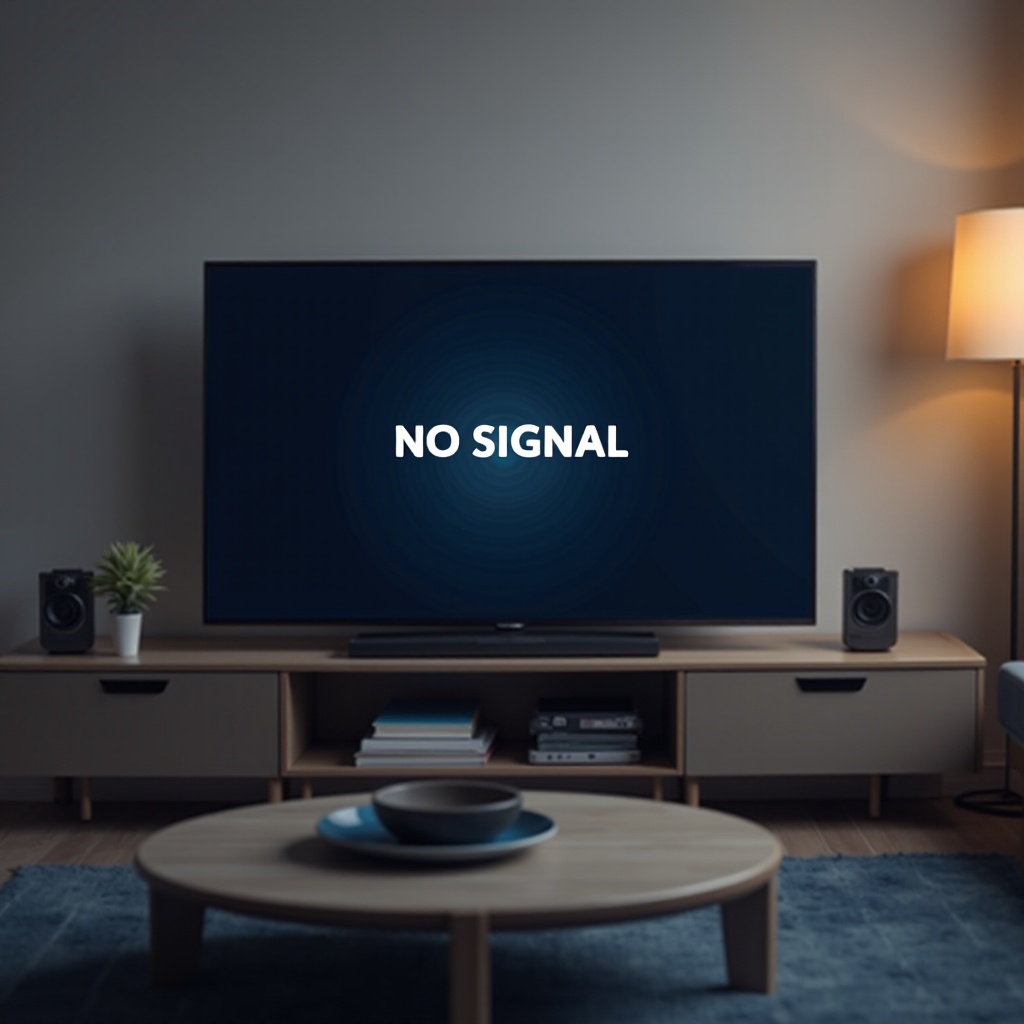Introduction
Many smartphone users often ponder whether leaving apps open could be causing their battery to drain faster. This common curiosity impacts how we use our devices daily. While some users shut all apps after each session, others leave them open for convenience. Understanding how open apps truly affect battery longevity is essential for informed smartphone usage.
Exploring the relationship between open apps and battery efficiency unveils the myths and offers clarity. By leveraging expert knowledge and technological understanding, users can implement effective strategies to optimize battery usage, enhancing both performance and user satisfaction.

The Technology Behind Smartphone Batteries
Understanding smartphone battery technology provides a foundation for comprehending how various actions influence their durability. Most smartphones use lithium-ion batteries, revered for their efficiency and compact design. These batteries generate power through the movement of lithium ions between electrodes.
Battery health is significantly dictated by charge cycles—each representing a full charge and discharge. Manufacturers offer battery life claims based on average usage but don’t account for the diverse patterns of daily use. An integral element of battery longevity is the operating system, which continually evolves to optimize power management.
Acknowledging how these technologies operate illuminates the efforts to extend battery life while ensuring functionality. This insight is alarming when considering smartphone habits, like leaving apps open.

The Myth of Open Apps and Battery Drain
The belief that open apps are major contributors to battery drain is widespread yet misleading. This misconception likely stemmed from conventional computer standards where shutting programs conserves memory and resources. However, smartphones are engineered differently.
When apps are opened but not in use, smartphones often move them to a suspended state. In this state, they require minimal resources, contrary to the belief that they drain the battery significantly. This understanding points to the sophisticated resource management of modern operating systems.
Dispelling this myth allows users to adopt truly beneficial energy-saving practices, enhancing battery life and device performance.

Open vs. Background Apps: What Really Affects Battery Life
Understanding the distinction between open and background apps is crucial to demystifying battery consumption myths. Open apps rest visibly in the device’s interface, whereas background apps operate without direct user engagement. Background operations, such as syncing emails or running GPS, prominently impact battery consumption.
Occasionally, background applications can behave erratically, causing excessive resource usage through frequent wakeups or network use. This is where the significant battery drain occurs, not from merely having apps open. Identifying these battery-intensive apps is essential for managing battery life effectively.
This understanding enables users to focus on practical techniques that genuinely enhance power efficiency, supporting strategies aimed at prolonging battery longevity.
Insights from Experts on Battery Usage
Experts in the field offer crucial insights into maximizing smartphone battery life. Addressing inefficiencies involves an understanding of how software influences hardware operation.
Research Studies and Findings
Research consistently supports that while background apps notably impact battery usage, those in a suspended state do not. This emphasizes the need for system configurations and developer considerations in minimizing app resource consumption.
Operating System Management of Apps
Modern operating systems like Android and iOS are incessantly refining app management to boost efficiency. These systems strategically allocate resources, ensuring a balance between performance and power saving.
Role of App Updates and Optimization
Regular updates are pivotal for application efficiency, integrating the latest improvements and bug resolutions. This ongoing optimization is significant in conserving battery power.
Effective Strategies to Maximize Battery Life
Recognizing that open apps do not inherently cause battery drain steers users towards pragmatic conservation measures. Here are some strategies to improve battery life:
Best Practices for App Management
- Regularly identify and curb energy-intensive apps using device settings.
- Limit background operations by tweaking individual app settings.
Utilizing Built-in Tools for Battery Conservation
- Engage power-saving modes available on most smartphones.
- Evaluate battery usage in settings to spotlight apps consuming excessive power.
Additional Tips for Long-lasting Battery Performance
- Decrease screen brightness and timeout duration.
- Turn off unused connections like Bluetooth.
- Activate dark mode where usable, particularly on OLED displays.
Conclusion
Clarifying the difference between active and background apps dispels myths related to battery drainage. Utilizing expert advice and in-system tools, users can enhance device efficiency. Practicing diligent battery management extends battery life and improves the overall user experience, ensuring technology serves us effectively.
Frequently Asked Questions
Do apps running in the background consume data as well as battery?
Yes, background apps can consume data and battery, especially those syncing with servers or using location services.
Can disabling background app refresh extend battery life significantly?
Yes, disabling background app refresh helps conserve battery by stopping needless data-fetching activities.
How often should I close apps to preserve battery life?
Frequent app closure is unnecessary for battery preservation as modern systems manage suspended apps well. Focus on curbing background activities instead.


